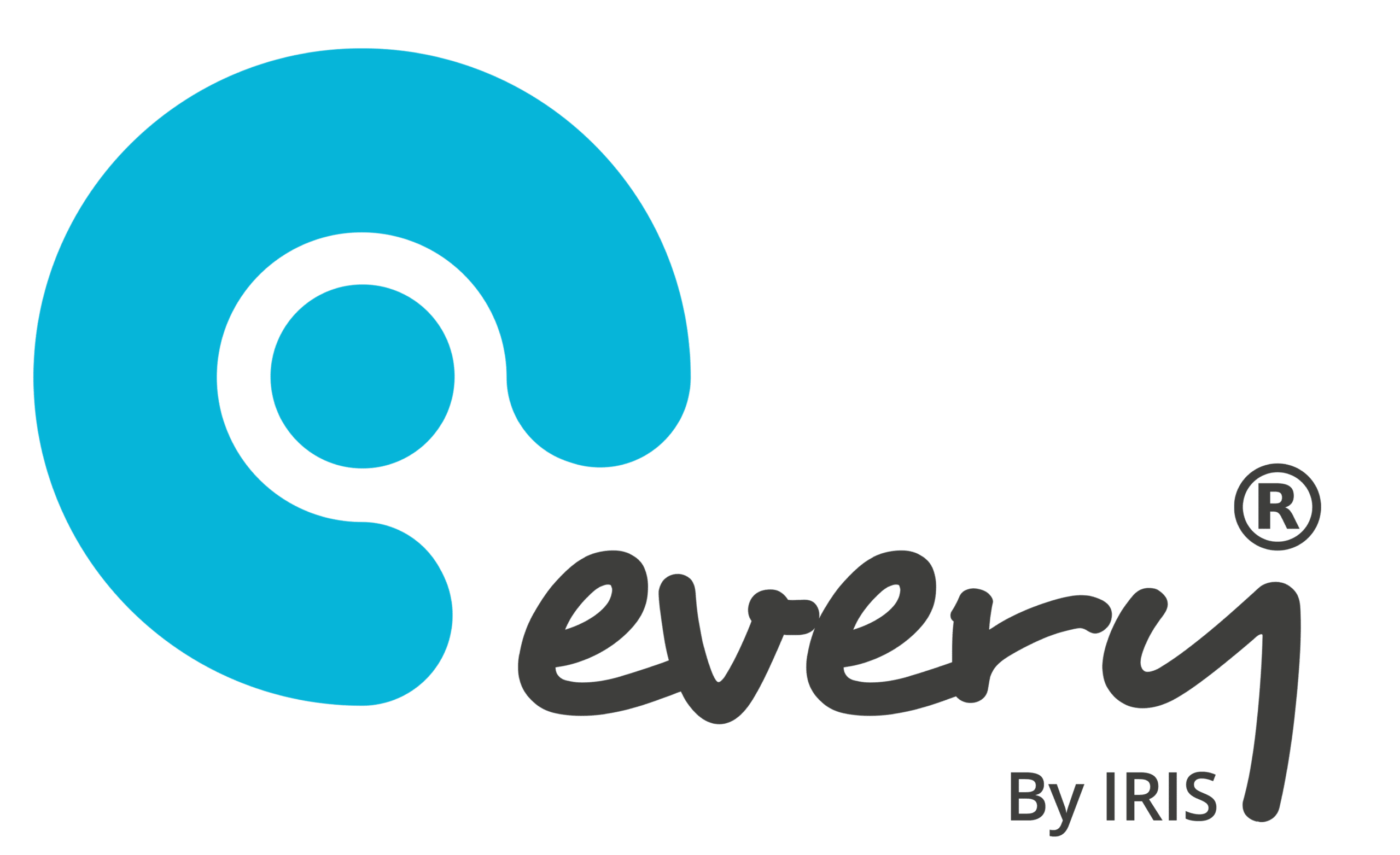Welcome to part two where we’re rounding up our recent webinar with Nicola Johnson, Director of People and Culture at Prince Albert Community Trust (PACT), about the impact of staff absences.
In this second half, we cover:
- Why PACT can now better understand the root cause of staff absences
- How the cost of staff absences compares to the cost of absence management software
- What’s been the stand-out benefit of using Every HR By IRIS to manage staff attendance at PACT
(If you missed part one, click the button below to catch up! And if you’d prefer to listen to the conversation, the webinar is available to watch on-demand.)
Consistent and fair staff absence management
Hearing how PACT’s staff absence levels have nearly halved in the last 12 months alone was incredibly powerful, and a testament to the work Nicola and her team have been putting into refreshing the Trust’s approach to managing staff absences. Two words that kept coming up during the discussion were ‘consistency’ and ‘fairness’, which Matt was keen to understand more about.
Matt: “How has your understanding of the root cause of an absence changed?”
Nicola: “It’s easier to get that information – you can see when there’s a peak [in absence] because it’s easy to see. The information comes to you [in Every HR], you don’t have to go and find it.
For instance, we had an increase in absence in the third week of March 2024, with lots of staff reporting they had a migraine. This particular week was also the first week of Ramadan. At PACT, we have a high proportion of Muslim teachers and support staff, and a lot of people were fasting. We were able to support them (and obviously it’s limited in what we can do to support because of rules around fasting), but at least we knew about it. We could approach staff and explain we understood, and we could make some allowances if we chose to. Every HR gave us the information to be able to do that.”
The cost of staff absence VS the cost of absence management software
We know that taking a HR software solution to manage things like absence is an additional cost. But how does it weigh up against the savings schools and MATs make in the long run when it comes to staffing?
We’ve saved more than it [Every HR] has cost, definitely.
Nicola Johnson, Director of People and Culture at Prince Albert Community Trust
N: “The reason we changed to Every HR By IRIS is because we wanted a payroll solution that’s able to integrate with HR. Every HR and IRIS Education gave us everything we were looking for.”
How did PACT manage staff absence prior to using Every HR By IRIS?
Education software is advantageous in the respect that it allows schools and MATs to better understand staff absences and make those proactive changes that have huge impacts.
M: “Nicola, you’ve been able to make some fantastic changes already, having been able to almost halve absence levels this term in comparison to the previous one. And that’s just from having more access to, and greater visibility over, absence data, then being able to understand the absences more. What was life like before Every HR?”
Life before Every HR was very much a spreadsheet life! As a group of HR professionals, we’re far more proactive now.
Nicola Johnson, Director of People and Culture at Prince Albert Community Trust
N: “The difficulty we had before Every HR was having to run a report. Now, you still have to run a report in Every HR if you want that overall data, but the difference is that we weren’t getting those notifications when someone hit an absence trigger.
We’d miss people before. We’d still be running those reports and finding the trends, but the difference now is that we don’t have to wait for those reports to see what the problems are. We know what they are in advance.
We’re not waiting for the monthly absence report, because we already know that Joe Bloggs has been off and has hit a trigger, and that we need to manage him. Or, that someone with a medical condition is off again – so we can decide if we need to make a wellbeing call to that person because we know they’re doing their best to get into work every day.”
Encouraging conversations with staff around attendance
M: “It sounds like you can now be more proactive and supportive for those who really need it?”
N: “It isn’t all about draconian action – it’s about wellbeing. Yes, we can make some savings, act consistently, and deal with people who aren’t fulfilling their contract of employment. But we also have a duty of care to those people who we know have health and medical conditions or whose family member is unwell.
In the central team, we now have that link in with the heads of schools to say this person has hit a trigger, we need to do something. They [the head of school] can say this is actually the situation with this person and these are the adjustments I need you to make on this occasion.
If we didn’t have that trigger, we’d be waiting until the end of the month for that absence report. And the person with the health condition who has been off three, four times would have been ignored. No-one’s done a wellbeing call, their health is deteriorating, and we’ve not had that conversation about adjustments.”
How Every HR evolves with the education sector
We told you at the start that this was an insightful conversation! As the end of the session neared, Matt wanted to highlight how Every HR continues to adapt and evolve to meet the changing needs of the education sector.
M: “We’re always adding new features into Every HR’s Absence Management module. For example, supporting absence management of staff with multiple roles/contracts.
With some of the schools and MATs we work alongside, we’ve identified certain issues between one role and another. An example would be spotting how every time an employee is working a particular role, they’re having more frequent absences than another. And that helps managers to better understand the challenges that are present in certain roles, meaning those support steps can be put into place.”
Ending on a positive note
To end the webinar, Matt asked Nicola the golden question: What’s been the most significant difference in how PACT is now able to manage staff absence?
N: “We’re proactive and reactive, but quickly. Not too late, not when we’ve missed the boat. If you’re talking to someone about an absence that happened last term VS just last week, then it [the latter] has a lot more impact. People feel seen.”
You feel like a bit of a failure if you’ve not seen somebody who’s been off sick three or four times – you feel unprepared and unprofessional.
Nicola Johnson, Director of People and Culture at Prince Albert Community Trust
N: “We can record everything in Every HR and use its other modules, like Case Management, to record all the steps we’ve taken. The meetings we’ve had, the notes from the meetings, details about occupational health and reasonable adjustments, the times people didn’t contact us or just ignored us. There’s not that last minute panic of pulling everything together – you do it as you go along, it’s in one place, and your HR team can see it.
Every HR makes sure we can treat people rightly and fairly.”
Keen to hear more?
We’d like to extend a big ‘thank you’ to Nicola for taking the time to join us on this webinar and share invaluable experience of improving staff absence management at PACT. We certainly learnt a lot, and we hope that those who joined the session came away with a refreshed and more positive outlook about improving staff attendance levels in their organisation.
If you’d like to rewatch the conversation in full, the webinar is now available on-demand.
And if you’d like to learn more about how Absence Management from Every HR By IRIS could improve staff attendance in your school or MAT, book your free demonstration!



